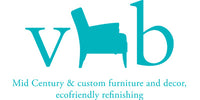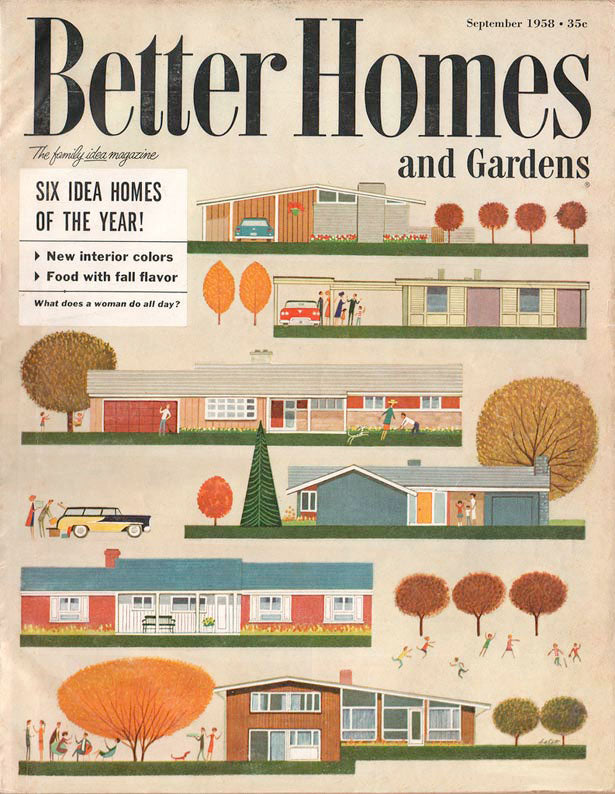Mid-Century Modern Furniture
Mid-century modern furniture has really come into its own as a design element in recent years and seems especially popular with urban dwellers in Toronto. Here is some background about this wonderful period in design history, and some tips into how you can use mid-century pieces in your home décor.
What is Mid-Century Modern?
As the name implies, the “mid century modern” era falls in the middle decades of the last century, beginning in the post-WWII era and lasting into the 1960s. Mid-century modern design is characterized by clean lines, sleek curves, and geometric shapes. Homes built in this period had lots of horizontal lines, open floor plans, and numerous large windows that connected the inside to the outside, as in this example: Furniture from the period had a similar aesthetic, but was also designed to be fully functional and adaptable to the more casual postwar lifestyle. Cara Greenberg wrote in Mid-Century Modern: Furniture of the 1950s that: “Multipurpose became a catchphrase…This new furniture stacked, folded and bent; it was rearrangeable and interchangeable; it nested and flexed. Chairs were designed to be pressed into service for a dozen different reasons. Tables were nonspecific, for eating, writing, or playing cards.”Hallmarks of Mid-Century Modern Design
There are several key characteristics of mid-century modern furniture:- Simplicity. Clean lines and simple designs are key traits of the furniture designed in the post-war era. Furniture was stripped of fussy ornamentation in favour of a sleek aesthetic, like that seen in our teak coffee table.
- Superb craftsmanship. Designers in this era took pride in their work and created pieces that would stand the test of time.
- Wood with natural finishes. Teak was especially popular in this period when Scandinavian design came to the fore. Pieces were finished to show off the natural beauty of the wood.
- Tapered legs and “floating” furniture. The use of short legs, some extremely tapered, created the “floating” look that characterizes many mid-century pieces. Our teak credenza is a prime example. Sofas from the period also had this “floating” appearance.
- Combining natural and manmade materials. Many new technologies and materials became available to designers after the war. As a result, they were able to mix traditional solid wood with synthetic fabrics like nylon or rayon, or bypass wood altogether and craft pieces from materials like fibreglass and Plexiglas.
- Modern prints. The simplicity of mid-century modern did not come at the expense of visual interest. Geometric prints were popular in mid-century modern furniture and accessories, as were starbursts, atomic, and boomerang designs.
- Bold colours. The colour palette of the mid-century era ranged from the deep hues we now associate with the 60s and 70s—burnt umber, olive green, mustard yellow, and pumpkin orange—to bolder colours of turquoise and red, crisp whites, and even black. This fabulous vintage cover from a 1958 issue of Better Homes & Gardens magazine showcases the architecture of the time, but also the colour palette of that period:





